The Universe, Specifically Spacetime, Is Continuously Expanding, With Points In The Universe Moving Further

One thing we’re always doing as a species is expanding our knowledge of the heavens. We send out probes, robots, satellites, spacecraft, all to map out and add to our ever-expanding picture of what the Universe looks like.
But what if that picture suddenly became smaller? That is exactly what happened when new data from the Planck satellite tightened our previous notions of the observable universe, shrinking its area by 0.7%.
If you’ve never realized, we don’t actually see all of the stars in the Universe. If we did, night time sky would be a whole lot brighter. Instead, we see everything within a particular radius, the particle horizon. Any particle of light emitted outside that particle horizon is too far to have reached us.
So if we want to know just how large the observable universe is, we just have to figure out the distance between us and that particle horizon, right?
As it turns out, not quite.
The universe, specifically spacetime, is continuously expanding, with points in the universe moving further apart. This not only changes the distance between objects but also how fast light is moving in the universe.
The movement of spacetime has an effect on which photons reach us and can be observed.
So how do you calculate the radius? Back in 2003, scientists came up with an equation that took an event called “the recombination” as a reference point in the universe’s history. They combined that with the rate of the expansion of the universe and several other factors, in the end coming up with a number.
Back in 2003, that number was a radius of 45.66 billion light-years. Now, new data revealed a far more accurate number: 45.34 billion light-years.
“A difference of 320 million light-years might be peanuts on the cosmic scale, but it does make our knowable universe a little bit cozier,” Nick Tomasello from the University of the Sciences in Philadelphia writes over at Medium.
The study has been accepted for publication in an upcoming edition of Advances in Astrophysics.
More Posts from Curiositytherover and Others
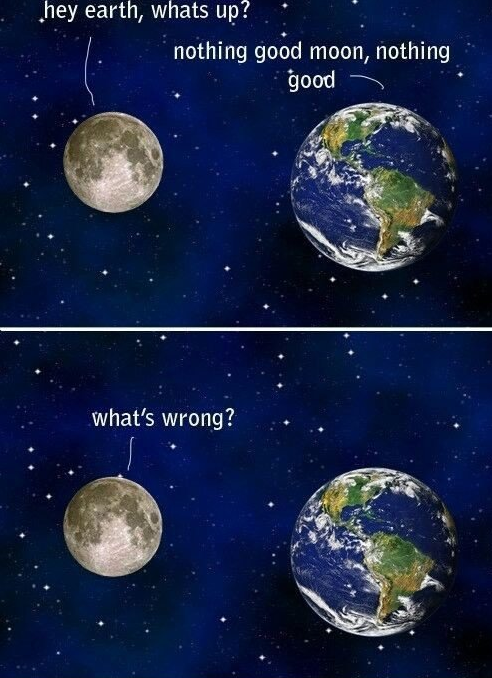
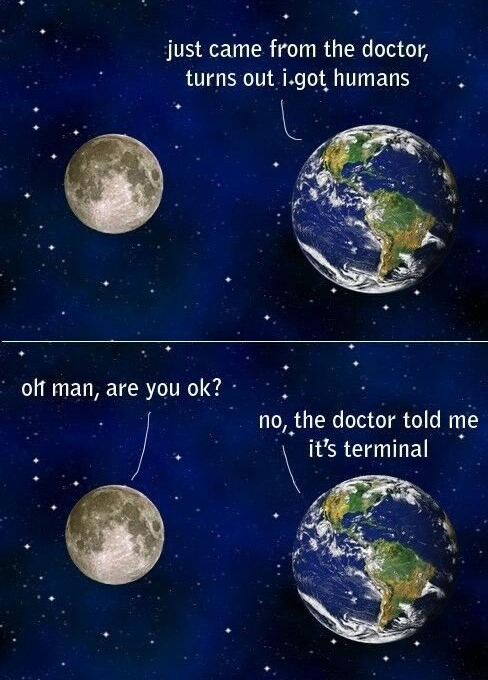
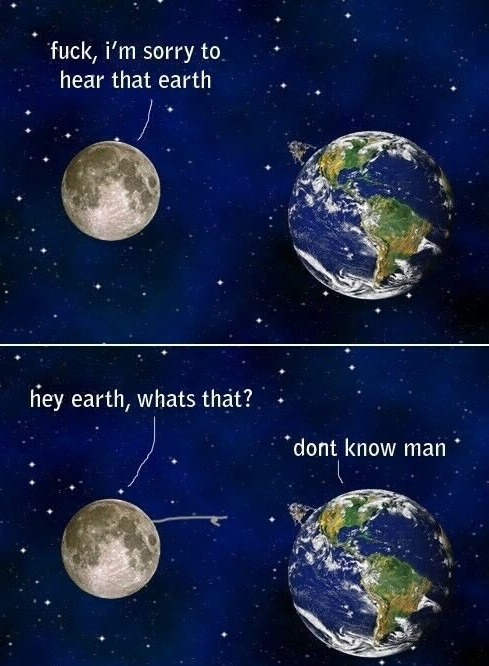
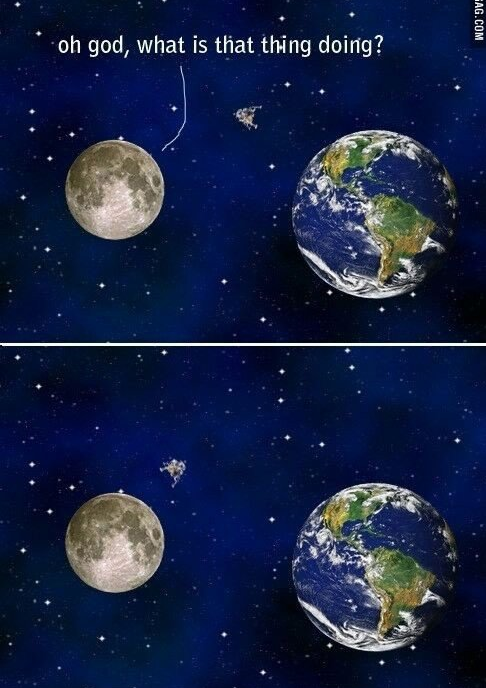
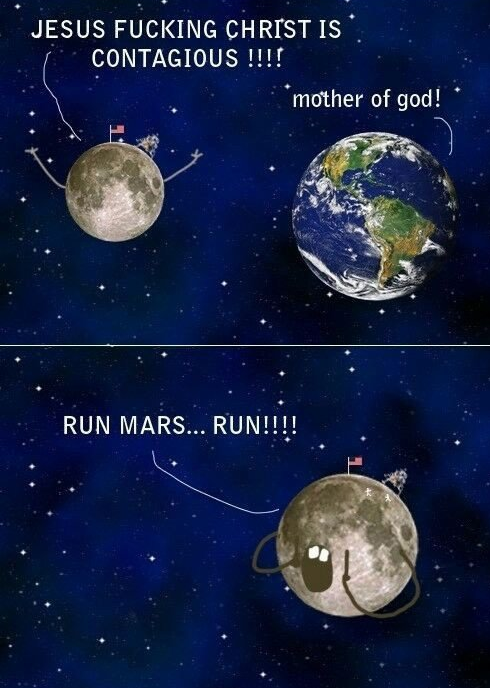
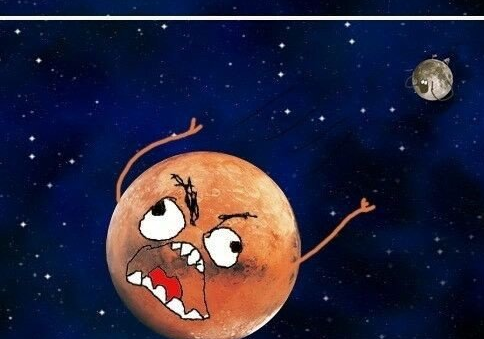

“Space Train” Concept Could Get Humans to Mars in Two Days, If Only It Would Work






Almost a month ago, the spaceflight company Blue Origin sent a rocket up to the edge of space and then guided it gracefully back down to earth, intact. It was a historic first.
But Blue Origin’s major competitor, SpaceX, was quick to point out that the rocket wasn’t going fast enough (or sideways enough) to place a satellite into orbit - just 4,600 kph (~2,860 mph). It went straight up, and then straight down.
Now, SpaceX has managed to put 11 satellites in orbit with a “reusable” rocket. Their rocket didn’t just go up and down - it reached a horizontal velocity of 6,000 kph (3,600 mph) before returning to earth. If SpaceX is able to refurbish the rocket and use it in another launch, they’ll have figured out a way to dramatically reduce the cost of spaceflight.
Here’s the full webcast. And here’s the full story.
Video credit: SpaceX
What’s Up for March 2016?
In March, Jupiter, it’s moons and moon shadows will all be visible in the sky. Find out when and where to look up:

Jupiter dominates the evening sky this month, rising at sunset and setting at dawn. On March 8, Jupiter reaches what is called “opposition”. Imagine that Jupiter and the sun are at opposite ends of a straight line, with the Earth in between. This brings Jupiter its closest to Earth, so it shines brighter and appears larger in telescopes.

On the nights of March 14 – 15, March 21 – 22 and March 29, two of Jupiter’s moons will cross the planet’s disk.

When the planet is at opposition and the sun shines on Jupiter’s moons, we can see the moon’s shadow crossing the planet. There are actually 11 of these double shadow transits in March!

The next six months will be awesome times for you to image Jupiter when it’s highest in the sky; near midnight now, and a little earlier each night through the late summer.
Even through the smallest telescopes or binoculars, you should be able to see the two prominent belts on each side of Jupiter’s equator made up of the four Galilean moons: Io, Europa Ganymede and Calisto. If you have a good enough view, you may even see Jupiter’s Red Spot!

Our Juno spacecraft will arrive at Jupiter on July 4th of this year and will go into orbit around the giant planet. Right now, the Juno mission science team is actively seeking amateur and professional images of the planet. These images are uploaded to a Juno website, and the public is invited to discuss points of interest in Jupiter’s atmosphere.

Locations will later be voted on and the favorites will be targets for JunoCam, the spacecraft’s imaging camera. Once JunoCam has taken the images, they’ll be posted online. Imaging participants can then process these raw mission images and re-upload them for others to view.

Make sure to follow us on Tumblr for your regular dose of space: http://nasa.tumblr.com
Why wildfires are necessary
Did you know that several forest species need fire to survive?

In the conifer-rich forests of western North America, lodgepole pines constantly seek the sun. Their seeds prefer to grow on open, sunny ground, which pits saplings against each other as each tries to get more light by growing straighter and faster than its neighbors. Over time, generations of slender, lofty lodgepoles form an umbrella-like canopy that shades the forest floor below. But as the trees’ pine cones mature to release their twirling seeds, this signals a problem for the lodgepole’s future: very few of these seeds will germinate in the cool, sunless shade created by their towering parents.

These trees have adapted to this problem by growing two types of cones. There are the regular annual cones that release seeds spontaneously:

And another type called serotinous cones, which need an environmental trigger to free their seeds:

Serotinous cones are produced in thousands and are like waterproof time capsules sealed with resinous pitch. Many are able to stay undamaged on the tree for decades. Cones that fall to the ground can be viable for several years as well. But when temperatures get high enough, the cones pop open.

Once it’s gotten started, a coniferous forest fire typically spreads something like this: flames ravage the thick understory provided by species like Douglas Fir, a shade-tolerant tree that’s able to thrive under the canopy of lodgepole pines. The fire uses these smaller trees as a stepladder to reach the higher canopy of old lodgepole pines. That ignites a tremendous crown fire, reaching temperatures of up to 2400 degrees Fahrenheit. At those temperatures, the serotinous cones burst open, releasing millions of seeds which are carried by the hot air to form new forests. After the fire, carbon rich soils and an open, sunlit landscape help lodgepole seeds germinate quickly and sprout in abundance. From the death of the old forest comes the birth of the new.

So however counterintuitive it may seem, wildfires are important for the wider ecosystem as a whole. Without wildfires to rejuvenate trees, key forest species would disappear—and so would the many creatures that depend on them. And if a fire-dependent forest goes too long without burning, that raises the risk of a catastrophic blaze which could destroy a forest completely, not to mention people’s homes and lives. That’s why forest rangers sometimes intentionally start controlled burns—to reduce fuels in order to keep the more dangerous wildfires at bay.
From the TED-Ed Lesson Why wildfires are necessary - Jim Schulz
Animation by @provinciastudio

What’s in a Name? Gaming Names Reveal Lots About the Player’s Personality
What’s in a name? In the case of the usernames of video gamers, a remarkable amount of information about their real world personalities, according to research by psychologists at the University of York.
The research is in Computers in Human Behavior. (full open access)

Microsoft Creates Emotion Recognition Tool. Upload Your Image and Give It a Try
Project Oxford is Microsoft’s collection of machine-learning application programming interfaces (APIs). Now the tech giant can add emotion recognition to its API portfolio.
Note: This one was also a little off. I tried to give it an easy one (surprise). But apparently, Project Oxford thinks that I am judgy and filled with scorn.
Read more at: http://futurism.com/links/microsoft-creates-emotion-recognition-tool-upload-your-image-and-give-it-a-try/
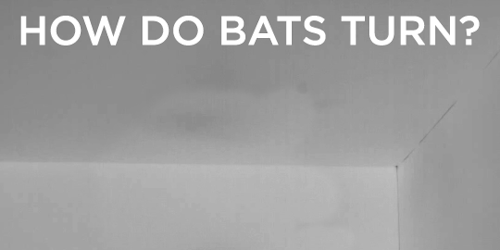
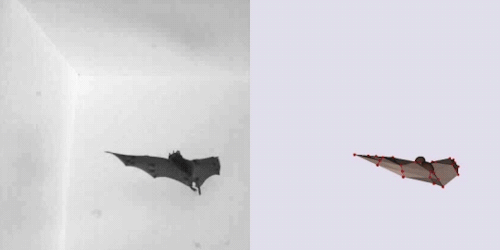

A new study (published in PLOS Biology) investigated how bats make sharp turns in the air, particularly when they have to grab the ceiling. It turns out aerodynamics have very little to do with it - it’s all about inertia. Just as a figure skater clutches his arms to his chest to increase his speed, bats pull in their wings to help them make turns.
You can read all about it (and see more video) in this piece by my friend Nsikan Akpan over at PBS Newshour.

4D Printing Allows You to Print Objects That Change over Time http://futurism.com/videos/4d-printing-allows-print-objects-change-time/
Synthetic Muscles
Huntsville AL (SPX) Dec 31, 2015 Muscles are miracles of nature. They convert energy into motion more efficiently than any gasoline engine or electric motor. They’re extremely resilient and even heal themselves. Instead of degrading with use, our muscles become stronger the more we work them. Researchers have long sought a way to recreate that miracle in prosthetics. So far, no one has succeeded. But Lenore Rasmussen, Pri Full article
-
 wearecampaign liked this · 1 year ago
wearecampaign liked this · 1 year ago -
 glockpaperscissors liked this · 7 years ago
glockpaperscissors liked this · 7 years ago -
 glockpaperscissors reblogged this · 7 years ago
glockpaperscissors reblogged this · 7 years ago -
 perfectlyobsessed17 reblogged this · 8 years ago
perfectlyobsessed17 reblogged this · 8 years ago -
 blueeyeswhitedreagan liked this · 8 years ago
blueeyeswhitedreagan liked this · 8 years ago -
 volcanoesmeltmedown liked this · 8 years ago
volcanoesmeltmedown liked this · 8 years ago -
 benobikenobie liked this · 8 years ago
benobikenobie liked this · 8 years ago -
 shamelessfangirl reblogged this · 8 years ago
shamelessfangirl reblogged this · 8 years ago -
 be-your-own-kind-of-different liked this · 8 years ago
be-your-own-kind-of-different liked this · 8 years ago -
 curiositytherover reblogged this · 8 years ago
curiositytherover reblogged this · 8 years ago -
 abdo2096-blog liked this · 8 years ago
abdo2096-blog liked this · 8 years ago -
 saturnea reblogged this · 8 years ago
saturnea reblogged this · 8 years ago -
 coreyjcjones reblogged this · 8 years ago
coreyjcjones reblogged this · 8 years ago -
 astral-p-l-a-n-e-s reblogged this · 8 years ago
astral-p-l-a-n-e-s reblogged this · 8 years ago -
 lostneptune reblogged this · 8 years ago
lostneptune reblogged this · 8 years ago -
 whomeimnoone-blog liked this · 8 years ago
whomeimnoone-blog liked this · 8 years ago -
 mockinqshy liked this · 8 years ago
mockinqshy liked this · 8 years ago -
 stayoutofitsappho reblogged this · 8 years ago
stayoutofitsappho reblogged this · 8 years ago -
 judithstonem reblogged this · 8 years ago
judithstonem reblogged this · 8 years ago -
 judithstonem liked this · 8 years ago
judithstonem liked this · 8 years ago -
 medleyofmeanings liked this · 8 years ago
medleyofmeanings liked this · 8 years ago -
 fastlimer liked this · 8 years ago
fastlimer liked this · 8 years ago -
 blktidyi reblogged this · 8 years ago
blktidyi reblogged this · 8 years ago -
 blktidyi liked this · 8 years ago
blktidyi liked this · 8 years ago -
 ryiyzl liked this · 8 years ago
ryiyzl liked this · 8 years ago -
 aruariancloud liked this · 8 years ago
aruariancloud liked this · 8 years ago -
 sammyspaghetti liked this · 8 years ago
sammyspaghetti liked this · 8 years ago -
 omgitsmeebony liked this · 8 years ago
omgitsmeebony liked this · 8 years ago -
 stars-n-fuck liked this · 8 years ago
stars-n-fuck liked this · 8 years ago